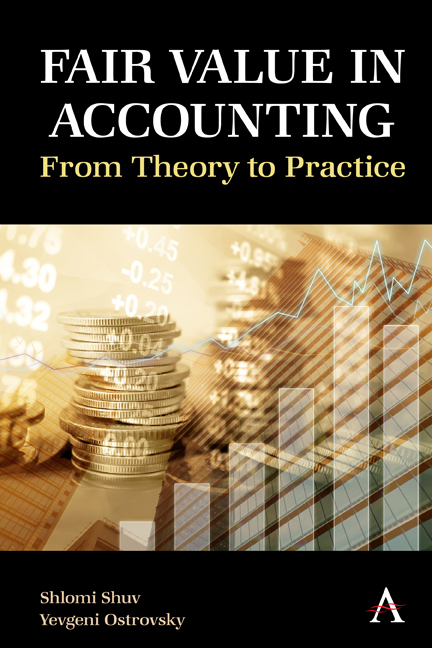Book contents
- Frontmatter
- Contents
- Preface
- Chapter 1 Background
- Chapter 2 Definition and Scope of Fair Value
- Chapter 3 Identifying the Asset or Liability to Be Measured
- Chapter 4 Determining the Market in Which the Transaction Will Take Place
- Chapter 5 Identifying Market Participants
- Chapter 6 Defining the Transaction Price
- Chapter 7 Definition of an Orderly Transaction
- Chapter 8 Fair Value at Initial Recognition
- Chapter 9 Application to Nonfinancial Assets
- Chapter 10 Measuring Fair Value of Liabilities and Equity Instruments
- Chapter 11 Application to Financial Instruments with Netting Positions
- Chapter 12 Valuation Techniques
- Chapter 13 Disclosure Provisions
Chapter 7 - Definition of an Orderly Transaction
Published online by Cambridge University Press: 15 September 2022
- Frontmatter
- Contents
- Preface
- Chapter 1 Background
- Chapter 2 Definition and Scope of Fair Value
- Chapter 3 Identifying the Asset or Liability to Be Measured
- Chapter 4 Determining the Market in Which the Transaction Will Take Place
- Chapter 5 Identifying Market Participants
- Chapter 6 Defining the Transaction Price
- Chapter 7 Definition of an Orderly Transaction
- Chapter 8 Fair Value at Initial Recognition
- Chapter 9 Application to Nonfinancial Assets
- Chapter 10 Measuring Fair Value of Liabilities and Equity Instruments
- Chapter 11 Application to Financial Instruments with Netting Positions
- Chapter 12 Valuation Techniques
- Chapter 13 Disclosure Provisions
Summary
Guiding Principle
Fair value is the amount that would have been received in an orderly transaction. The term “orderly transaction” is defined as a transaction that assumes exposure to the market for a period before the measurement date to allow for marketing activities that are usual and customary for transactions involving such assets or liabilities; it is not a forced transaction (e.g., a forced liquidation or distress sale).
International Financial Reporting Standard (IFRS) 13 and Accounting Standards Codification (ASC) 820 recognize that the sale price that will be determined in a transaction between market participants may also depend on the extent of exposure to the market and on the situation of the parties to the transaction. As an example, let us assume that a reporting entity is required to measure the fair value of a large office building it owns. The selling process of such an office building may take time (e.g., six months), due to the size of the transaction, the need to find a suitable buyer, the performance of due diligence procedures (to evaluate financial, legal and physical aspects of the building and transaction) by potential buyers, conducting negotiations, raising funding by the buyer and so forth. If the reporting entity will be forced to dispose of the building quickly, this might be reflected in a lower transaction price, since under such circumstances, the reporting entity will be unable to find an optimal buyer or to allow buyers to complete sufficient due diligence procedures or raise adequate funding, which will increase the level of risk undertaken by the potential buyers and may lead them to offer a significantly lower price for the property in order to justify their undertaking of the risk. It is also recognized that the normal period of marketing efforts depends on the nature of the measured item. While a relatively long period of market exposure is required for the abovementioned office building, more standard assets, such as cars or apartments, usually require a shorter normal period.
The term “orderly transaction” is important for two main reasons:
Firstly, this term instructs the reporting entity to measure the fair value as the price that would have been obtained in a hypothetical orderly transaction, even if the reporting entity has not actually taken steps to sell the asset prior to the measurement date.
- Type
- Chapter
- Information
- Fair Value in AccountingFrom Theory to Practice, pp. 57 - 66Publisher: Anthem PressPrint publication year: 2022

